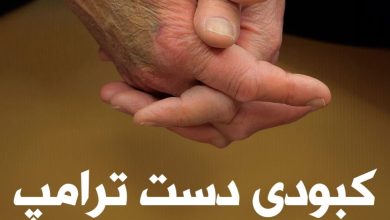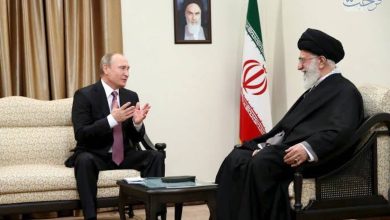The Number of Men with Multiple Wives in Iran Reaches 300,000 in 2022
Alireza Rahimi, the Deputy Minister of Sport and Youth of Iran, in official statements, reported that the number of Iranian men with multiple wives in the year 2022 reached 300,000.

Weezha Roz-Kabul-According to this data, the cities of Kerman, Golestan, Sistan and Baluchestan, Kurdistan, and South Khorasan have the highest rates of polygamy.
This announcement comes at a time when the phenomenon of polygamy has become a contentious issue in society in recent years, drawing widespread criticism from women’s rights activists and social experts.
Rahimi, the Deputy Minister of Sport and Youth, stated that Kerman city has the highest rate of polygamy according to this statistic.
Following that, the cities of Golestan, Sistan and Baluchestan, Kurdistan, and South Khorasan have also registered the most cases of polygamy in the same order.
This statistic is based solely on officially registered marriages, and does not include temporary or informal marriages.
Rahimi noted regarding this statistic: “This phenomenon needs to be studied in depth in terms of cultural, economic, and social dimensions, and should not be analyzed only from a value-based perspective.”
Polygamy in Iran, despite being legal under certain conditions according to the Civil Code (Article 16), has always faced severe criticism from women’s rights activists and civil society organizations.
Critics argue that this phenomenon exacerbates gender inequality, especially in poorer areas, and leads to economic and psychological harm for women and children.
Dr. Maryam Mousavi, a social expert and researcher on family issues, stated: “In some areas, polygamy is rooted in tribal customs and economic shortages.
Men marry again due to the economic needs of large families or social pressures.”
Nargis Mohammadi, a women’s rights activist, said: “This statistic shows that the current law, instead of supporting women, leads to regret and separation in society. Marriage-related laws must be reviewed as soon as possible.”
Some members of parliament have called for further restrictions on polygamy, while others, including religious authorities and traditional institutions, believe that this issue should be managed within the framework of Sharia law and societal customs.
The Ministry of Sport and Youth also stated that awareness and education programs are being implemented in areas where the rate of polygamy is high.
The disclosure of these statistics has once again heated discussions in Iranian society regarding the balance between cultural traditions and women’s rights.
Although critics argue that polygamy harms women’s social status, supporters of the law believe that introducing further restrictions may open the door to unofficial marriages and hidden harms.
The Ministry of Sport and Youth has emphasized that a comprehensive study on the causes and consequences of this phenomenon will be published by the end of the year.
Weezha Roz




